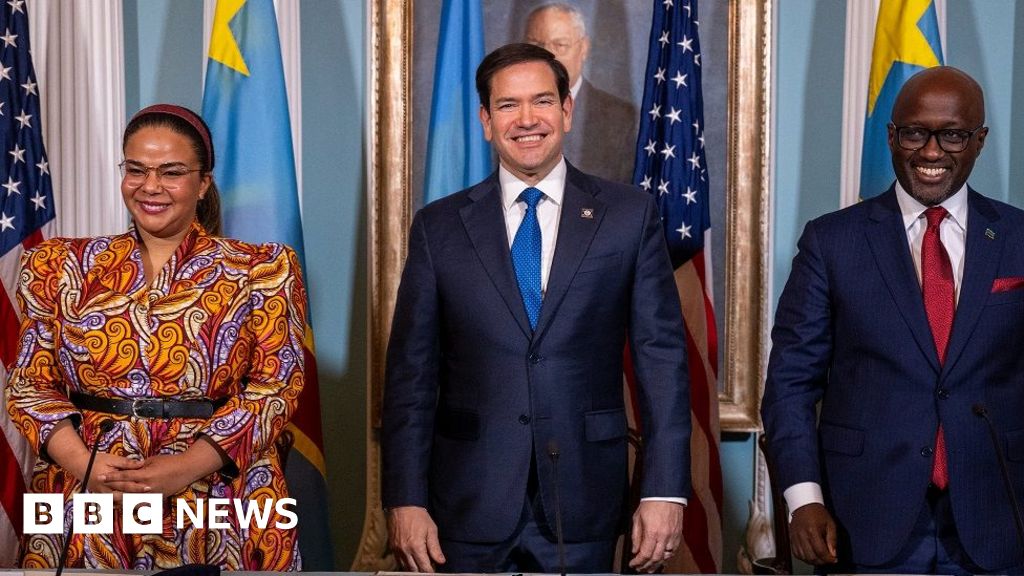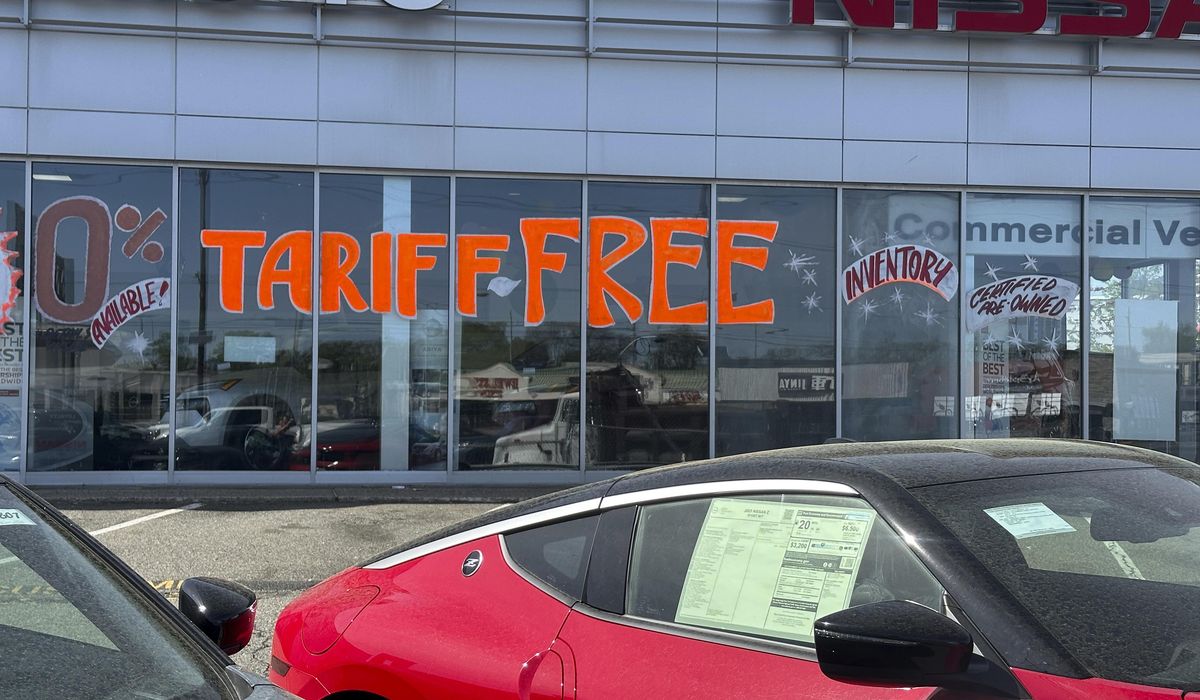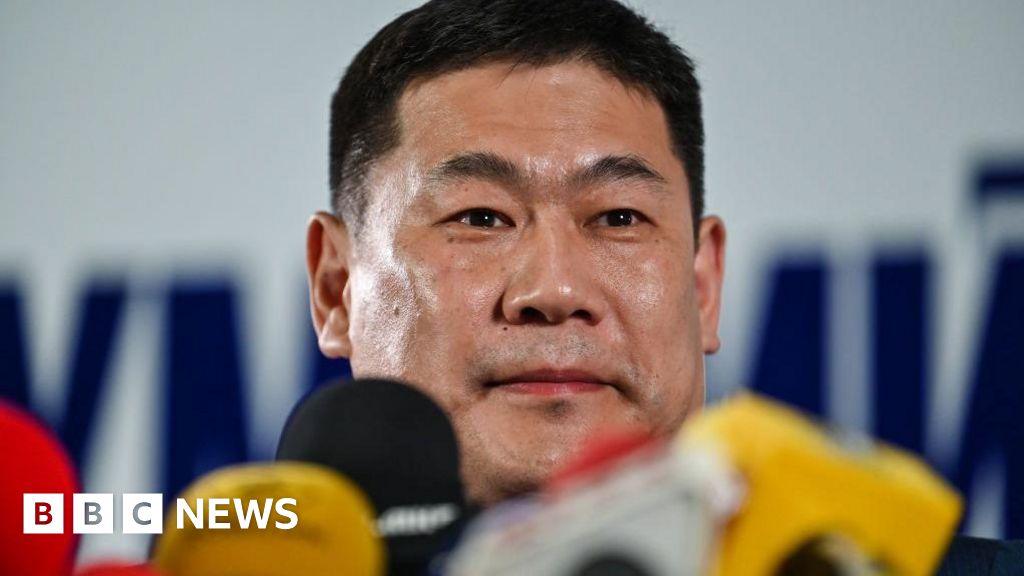ARTICLE AD BOX
Thousands of people gather on social media platforms to complain about the rise in ultra-bright headlights that can make oncoming drivers temporarily blind and may be damaging vision.
One driver on Reddit’s “F—yourheadlights” chat page described nearly driving into a ditch after bright headlights left her unable to see the curve in the road in front of her.
“Can we PLEASE, for the love of God, make insanely bright headlights illegal???” she asked, echoing the sentiment of many U.S. drivers frustrated by the LED headlights installed in most new American cars.
A House lawmaker has proposed a solution: Develop a standard for maximum brightness on the lumens in vehicle headlights to reduce glare and improve safety for other drivers.
“This is something that draws ire from rural Americans, from older Americans, from law enforcement,” said Rep. Marie Gluesenkamp Perez, Washington Democrat.
There is currently no overall limit on low-beam headlight brightness, and drivers complain they are getting brighter and brighter, causing a dangerous glare.
“I’m still seeing high beams from three days ago,” one driver complained on social media.
Automakers favor brighter LED or light-emitting diode headlights over the old halogen bulbs because they are less expensive and considered more reliable, have a longer lifespan and use less energy than halogen bulbs.
They were first adopted in the early 2000s and are now installed in more than 80% of new cars.
The LEDs put out more light, and a brighter, bluish light than halogen bulbs that were used for decades.
The LED glare is exacerbated on SUVs and trucks that sit higher on the road.
House lawmakers will have an opportunity to address blinding headlights in upcoming legislation to reauthorize the bill governing the nation’s surface transportation programs.
Ms. Perez wants the bill to include language authorizing the National Highway Traffic Safety Administration to develop limits on the overall maximum brightness on headlight lumens.
“The Committee is in the process of requesting and gathering proposals for all Members of the House for consideration in the surface reauthorization bill that we will be drafting this year. We will consider all Members’ proposals as part of that process,” a panel spokesman said.
Her proposal comes three years after lawmakers attempted to address the problem with a new regulation permitting cars to be equipped with adaptive headlight beams, which automatically adjust to avoid blinding oncoming traffic.
The new technology has been rolled out slowly and isn’t available or standard in most new cars yet.
Some cars manufactured by European automakers, including Audi, installed the technology in U.S. cars but deactivated it because it was not yet legal in the U.S. The NHTSA adopted a modified version of the European adaptive beam regulations for U.S. cars, citing safety reasons.
The adaptive beam headlight technology approved by the NHTSA in 2022 allows vehicles to be equipped with automatic headlight beam switching technology to shine less light on occupied areas of the road and more light on unoccupied areas.
The NHTSA said the technology illuminates pedestrians, animals and objects without blinding drivers in other vehicles.
So far, the technology is available as an option or is included in some models manufactured by Tesla and Rivian, as well as some cars and trucks produced by Audi, BMW, Mazda, Toyota and Lexus.
Ms. Perez said the new technology did not solve the problem, as is evident by the thousands of complaints from blinded drivers.
“Let’s be honest, it has not helped,” she said.
Critics of a brightness limit say the problem is far more complex than lumens. Misadjusted headlight beams and other issues, such as installing after-market LED headlights on cars not built for them, can lead to a blinding glare for oncoming drivers.
Mike Baker, president of the anti-LED group Soft Lights Foundation, collected thousands of signatures on a petition to require the NHTSA to set an overall limit on low-beam headlight intensity.
He submitted the petition last year in a letter to the NHTSA.
“Due to the lack of an overall intensity limit, the extreme intensity plus the blue wavelength light used in most LED headlights is causing drivers and pedestrians to be blinded by excessive glare, putting public safety at risk,” Mr. Baker wrote.

 1 month ago
72
1 month ago
72








 English (US) ·
English (US) ·